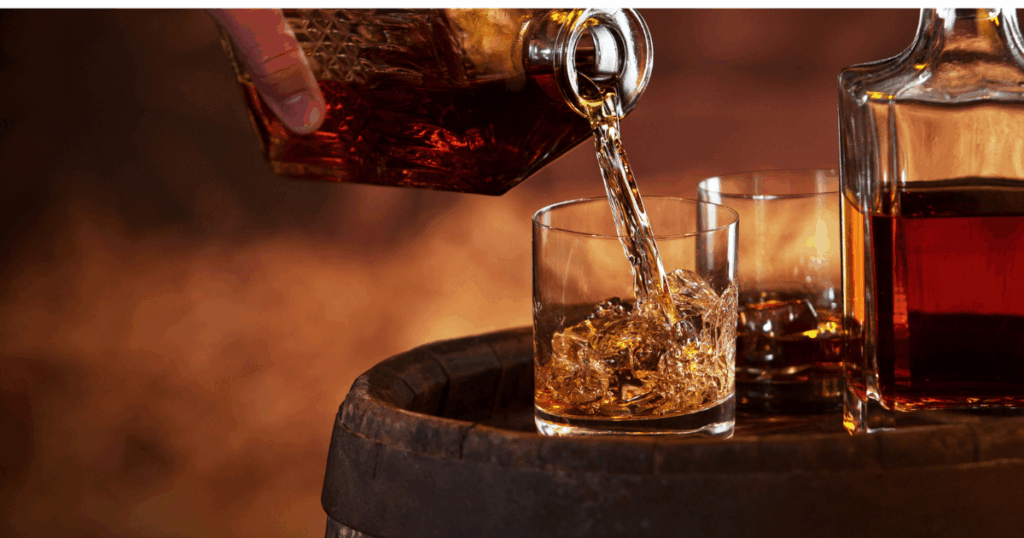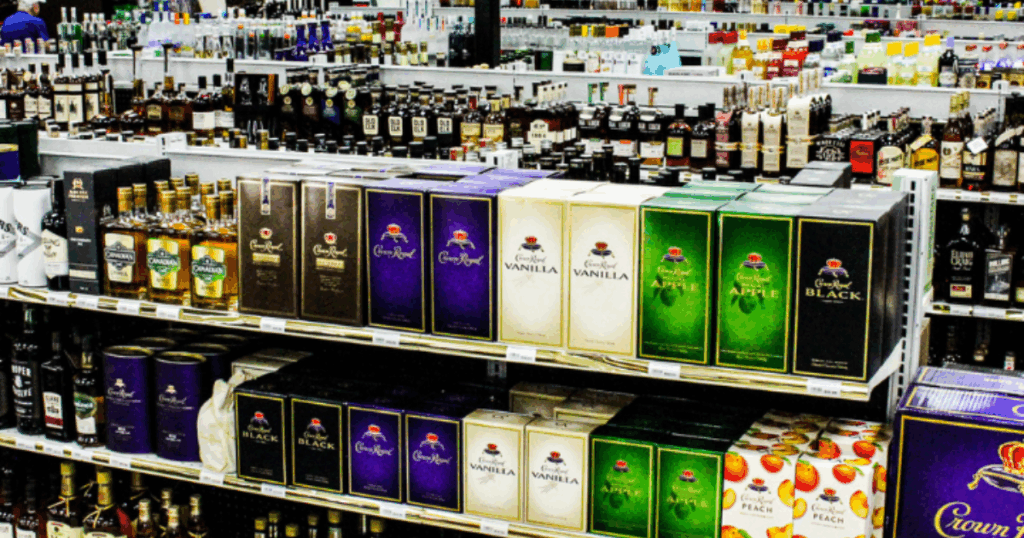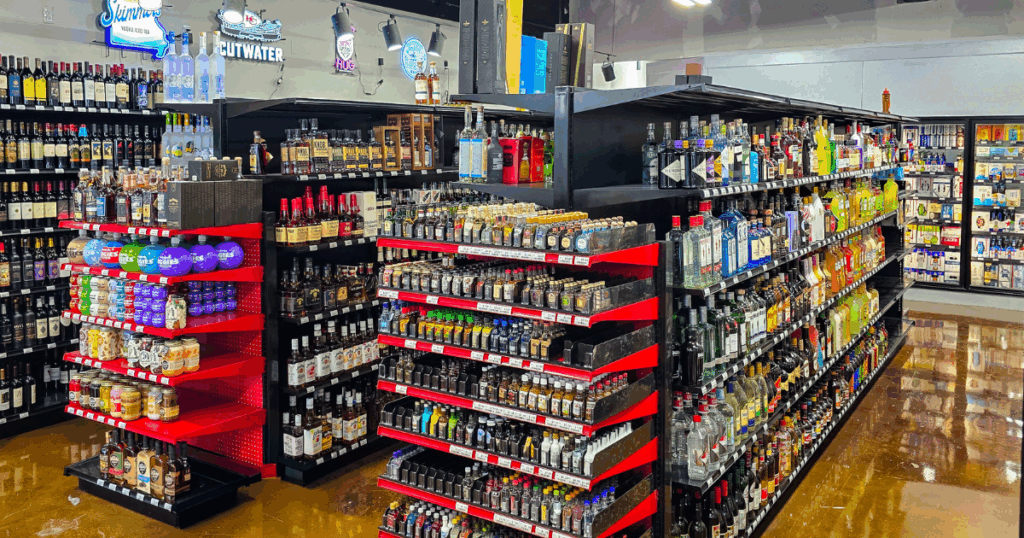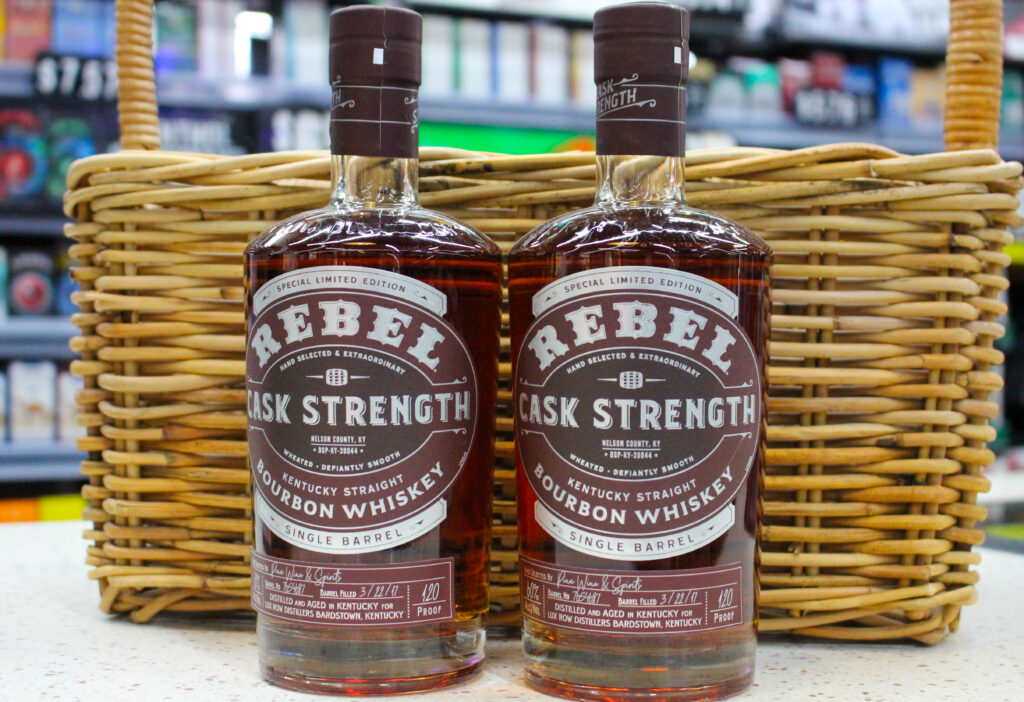Fortified wines, with their rich history and complex flavors, occupy a unique and cherished place in the world of wine. Among the most famous examples are Sherry, Port, and Madeira, each with its distinct characteristics and traditions. These wines are crafted by adding a distilled spirit to the base wine, increasing alcohol content and enhancing shelf stability. Whether sipped as an aperitif, paired with food, or enjoyed as a dessert wine, fortified wines offer an extraordinary sensory experience. Let’s explore the production methods, flavor profiles, and ideal pairings for Sherry, Port, and Madeira.
What Are Fortified Wines?
Fortified wines are made by adding a grape spirit, such as brandy, to wine during or after fermentation. This process serves two purposes:
- Preservation: The higher alcohol content inhibits spoilage, allowing these wines to age gracefully over time.
- Flavor Enhancement: Fortification affects the sweetness, texture, and complexity of the wine, creating a wide range of styles.
Sherry: Spain’s Versatile Fortified Wine
Origin and Production: Sherry hails from the Jerez region in southern Spain. It is made primarily from the Palomino grape, although Pedro Ximénez and Moscatel grapes are also used for sweeter styles. The production process includes unique steps like the solera system, which blends wines of different ages for consistency and complexity.
Styles and Flavor Profiles:
- Fino:
- Pale, dry, and delicate, with notes of almonds, green apples, and saline.
- Aged under a layer of yeast called “flor,” which protects it from oxidation.
- Amontillado:
- Starts as a Fino but is exposed to oxygen, developing nutty and caramel flavors.
- Oloroso:
- Rich and full-bodied, aged oxidatively, with flavors of dried fruits, nuts, and spices.
- Pedro Ximénez (PX):
- Intensely sweet, made from sun-dried grapes, with flavors of raisins, molasses, and chocolate.
Ideal Pairings:
- Fino: Pairs well with tapas, olives, and seafood.
- Amontillado: Complements roasted meats and aged cheeses.
- Oloroso: Perfect with stews and rich sauces.
- PX: Ideal for desserts like vanilla ice cream or dark chocolate.
Port: Portugal’s Iconic Fortified Wine
Origin and Production: Port originates in the Douro Valley of Portugal and is made from a blend of indigenous grapes, such as Touriga Nacional and Tinta Roriz. Fortification occurs during fermentation, leaving residual sugar and creating a sweet profile. The wine is then aged in barrels, with styles ranging from fresh and fruity to rich and aged.
Styles and Flavor Profiles:
- Ruby Port:
- Bright red and youthful, with flavors of red berries and cherries.
- Aged for a short period to preserve its vibrant character.
- Tawny Port:
- Amber-colored and nutty, with flavors of caramel, dried fruits, and spices.
- Aged in barrels for extended periods, leading to oxidative complexity.
- Vintage Port:
- Made from the best grapes of a single year, showcasing concentrated flavors of blackberries, plums, and chocolate.
- Meant to age in the bottle for decades.
- Late Bottled Vintage (LBV):
- Similar to Vintage Port but aged longer in barrels before bottling.
- Ready to drink upon release, with rich, approachable flavors.
Ideal Pairings:
- Ruby Port: Great with chocolate desserts or berry tarts.
- Tawny Port: Complements nuts, caramel-based desserts, and foie gras.
- Vintage Port: Best with blue cheese or enjoyed as a meditative drink.
- LBV: Pairs well with dark chocolate and nut-based desserts.
Madeira: The Resilient Fortified Wine
Origin and Production: Madeira comes from the Madeira Islands off the coast of Portugal. This unique wine is subjected to heat and oxygen during production, which gives it incredible resilience and a long shelf life. The process, known as “estufagem,” involves heating the wine to replicate the conditions of long sea voyages.
Styles and Flavor Profiles:
- Sercial:
- The driest style, with bright acidity and flavors of citrus, almonds, and sea salt.
- Verdelho:
- Medium-dry, offering flavors of dried apricots, honey, and roasted nuts.
- Bual:
- Medium-sweet, with notes of toffee, figs, and caramel.
- Malmsey:
- The sweetest style, featuring rich flavors of molasses, raisins, and spice.
Ideal Pairings:
- Sercial: Pairs beautifully with oysters and smoked fish.
- Verdelho: Complements creamy soups and mild cheeses.
- Bual: Great with fruit tarts or nut-based desserts.
- Malmsey: Perfect for chocolate cake or holiday puddings.
How to Enjoy Fortified Wines
Fortified wines are versatile and can be enjoyed in various ways:
- Serving Temperature:
- Dry styles (Fino, Sercial): Serve chilled (45-50°F).
- Sweet styles (PX, Malmsey): Serve slightly warmer (55-60°F).
- Glassware:
- Use small, tulip-shaped glasses to concentrate the aromas.
- Occasions:
- Fortified wines can be sipped as an aperitif, paired with meals, or savored as a dessert wine.
Why Fortified Wines Deserve a Place in Your Collection
Fortified wines offer a remarkable diversity of flavors and styles that cater to every palate. Their longevity, both in the bottle and after opening, makes them an excellent addition to any wine collection. Whether you’re exploring the saline tang of a Fino Sherry, the luscious sweetness of a Tawny Port, or the caramel richness of a Malmsey Madeira, fortified wines provide a journey through history, craftsmanship, and indulgence.
Sherry, Port, and Madeira represent the pinnacle of fortified wine traditions, each offering unique characteristics that make them stand out in the world of wine. By understanding their production methods, flavor profiles, and ideal pairings, you can elevate your wine experiences and discover a newfound appreciation for these timeless beverages. So pour a glass, savor the complexity, and toast to the art of fortified wines.






